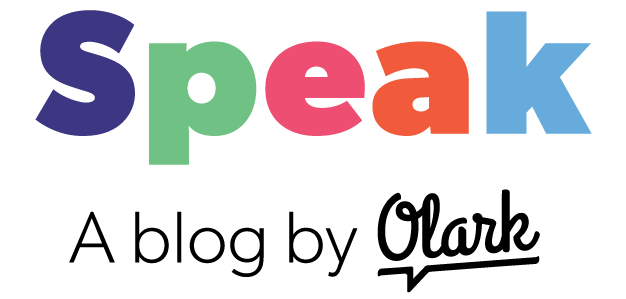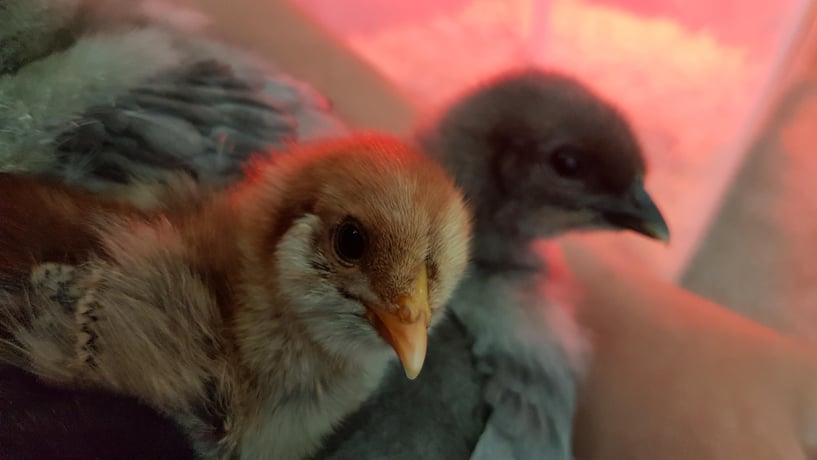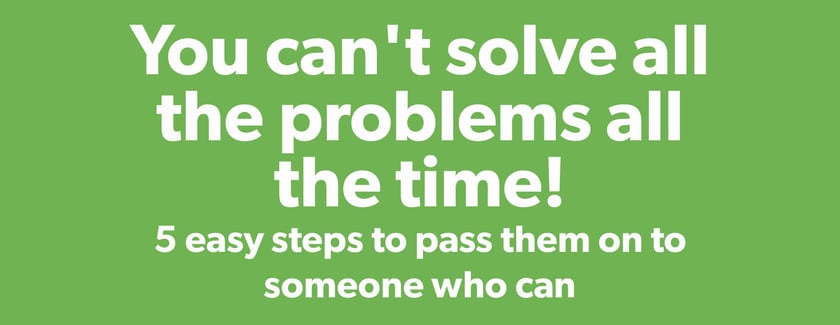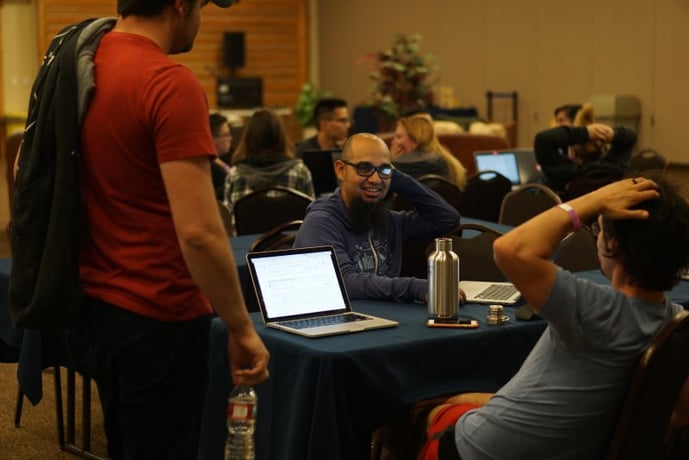Once your team has grown beyond one or two chat agents, you may want to start filtering chats and making sure they are routed to right person or team. Olark makes it easy!
This is the second post in Rhoda’s Tips from a Farmer series. Read her first post on working smarter, not harder.
Saying no to a customer is one of the toughest parts of any sales or support job. Whether you’re telling someone that your product doesn’t have the feature they’re asking for, that their refund period has expired, or that they’re not eligible for a discount, you know you’re letting them down -- which can feel like the opposite of your goal.
At Olark, we deeply value inclusion and diversity. It has recently come to our attention that our motto “Make Business Human” is anthropocentric and excludes other sapient life forms.
At Olark, we love the benefits of remote work, but we also know that working remotely isn’t for everyone. Transitioning from an onsite role to a remote role can be a big adjustment. Here are five questions to ask yourself if you’re thinking about taking the #remotelife plunge.
In summer 2017, the Olark team decided to focus our brand and product development on a new use case: live chat for sales.
Question: Help! What should I do when I get an issue I can’t resolve in chat?
In addition to my role as Olark’s Director of Customer Service, I am a farmer — well, more of a smallholder, and a fledgling one at that. When I’m not in meetings or talking to customers, I can usually be found in a padded boiler suit, up to my ears in muck and surrounded by animals and vegetables.
Question: What are the best ways to keep cheerful when chatting?
Are remote teams doomed to failure? Is it possible to build a positive team culture when everyone is distributed?










